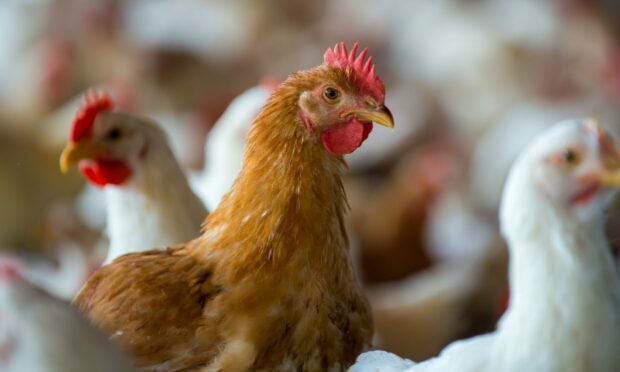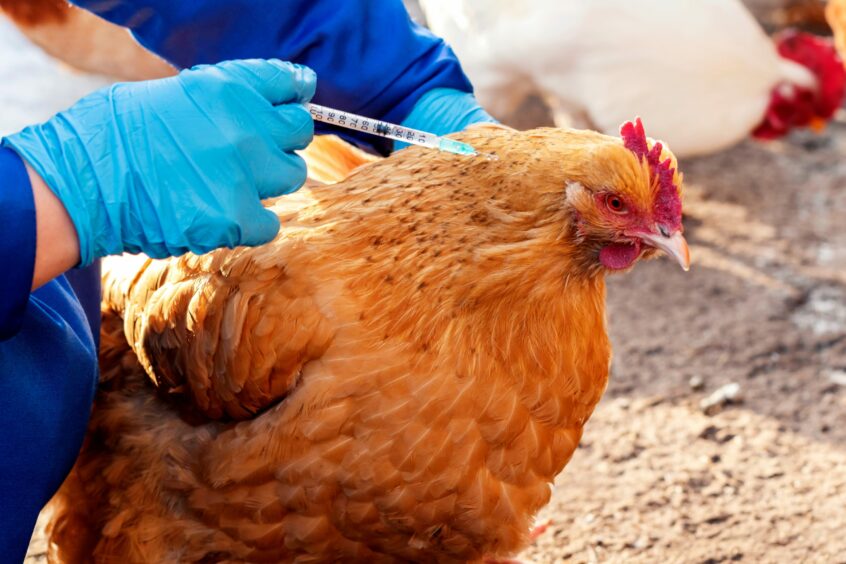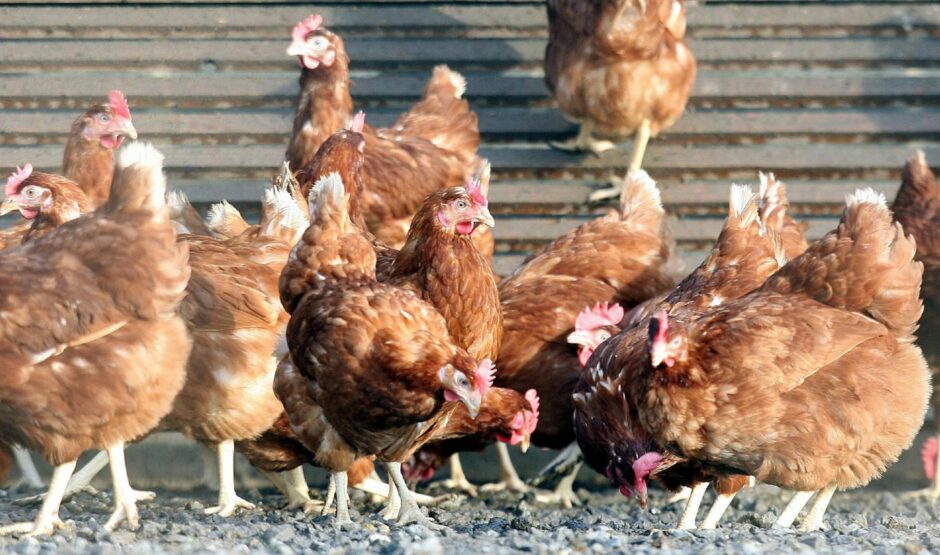All vets have been issued with new guidance on spotting the clinical signs of bird flu in backyard poultry and wild birds as they go about their general practice in the countryside.
Since the beginning of this week all poultry should have been housed to protect them from infection from wild birds following several confirmed cases of the disease in Scotland, England and Wales.
The infected flocks, including a backyard flock in Angus, were humanely culled and disease control zones put in place to limit the spread of the disease.
While specialist poultry vets are trained to deal with the disease, the British Veterinary Association (BVA) and other professional vet associations have extended detailed advice to all vets on the clinical signs to look out for and the steps that they must follow to report suspected cases of the notifiable disease.
There is also detailed biosecurity information, including advice on appropriate PPE and how to examine suspected cases as safely as possible.
The advice states that if dead wild birds are presented at the vet practice, they should not be taken into the premises, but should be double-bagged and the outside of the bag disinfected with a government-approved disinfectant before being reported to the Defra helpline.
It also adds that it is prudent for vet practices and wildlife rehabilitation centres to assess and examine birds outside, wearing appropriate PPE, and to minimise the number of staff involved.
The BVA’s senior vice president, James Russell, said: “The Chief Veterinary Officers have taken swift action in response to several outbreaks in recent weeks, and brought in robust measures to contain the spread of the disease as much as possible.
“Wild birds migrating to the UK from mainland Europe in the winter months can carry the disease and infect other species of bird, so it’s vital that veterinary professionals who may be seeing poultry and wildlife casualties in practice know how to spot the signs and act quickly if presented with suspected cases.


